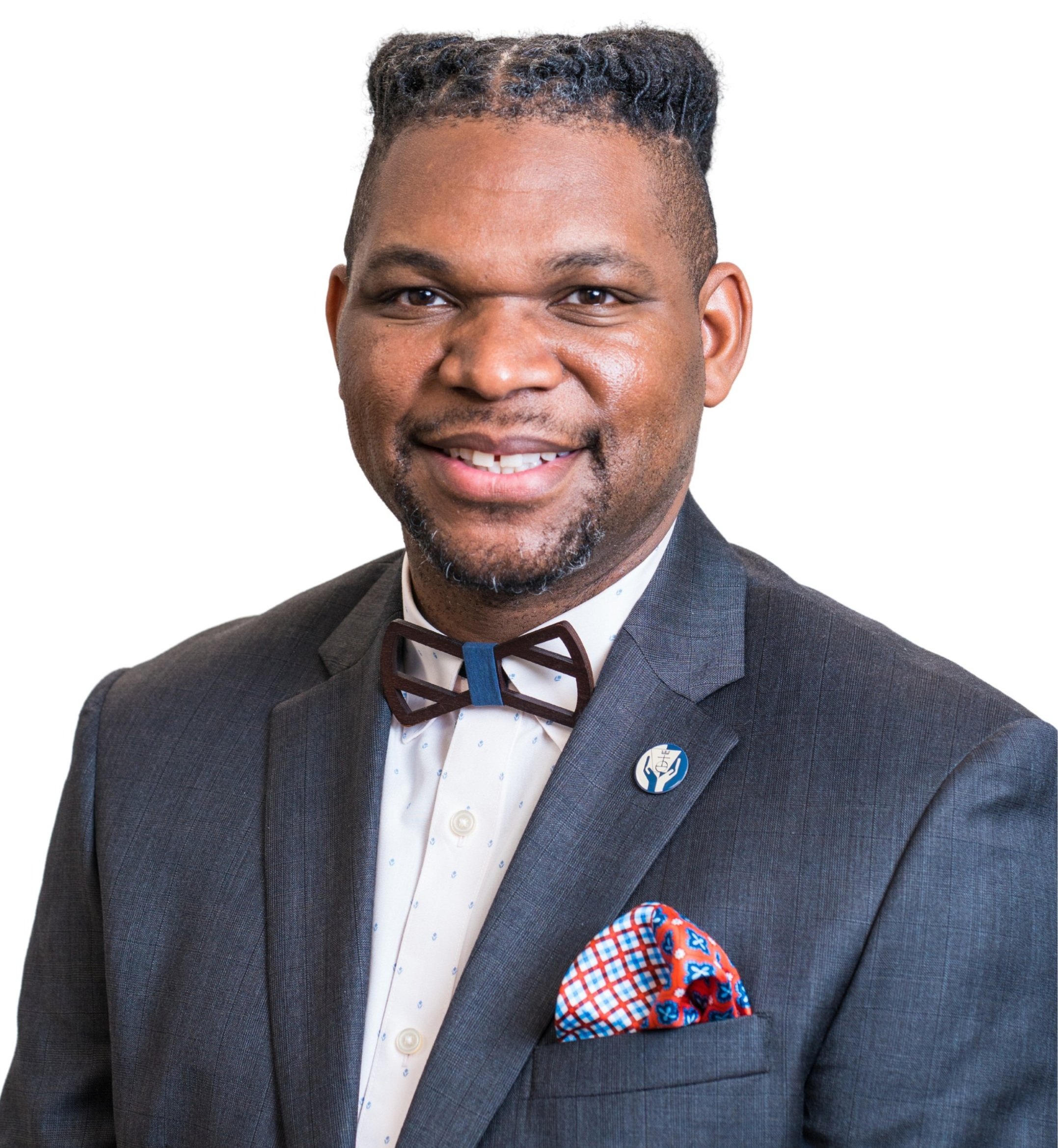Sophiasongs
Engaging Spirituality and Racial Justice
to Heal Ourselves and Our Communities
Diane S. Schmitz
Justice seeker
Racial equity consultant
Bridge builder
Spiritual companion
Forest dweller
OFFERINGS
Create meaningful change at the individual and collective levels
-

DEEPEN YOUR SPIRITUALITY
One-on-one sessions, group workshops, and rituals to bring more meaning and clarity to your life
-

BECOME MORE RACIALLY CONSCIOUS
Racial equity training, consulting and coaching for individuals, organizations and communities
About Sophiasongs
A Testimonial
Executive Conference Minister
Southern New England Conference,
United Church of Christ
Rev. Darrell Goodwin
As a denominational leader who has served in multiple settings, a main stay in each of those settings has been to contract with Rev. Dr. Schmitz.
I am assured she will bring thoughtful, engaging and relevant connection that helps folks bridge their spirituality with a sense of racial justice commitment and challenge.
If you have the choice of a facilitator, guide, or partner on that journey, I would choose her over and over again.











